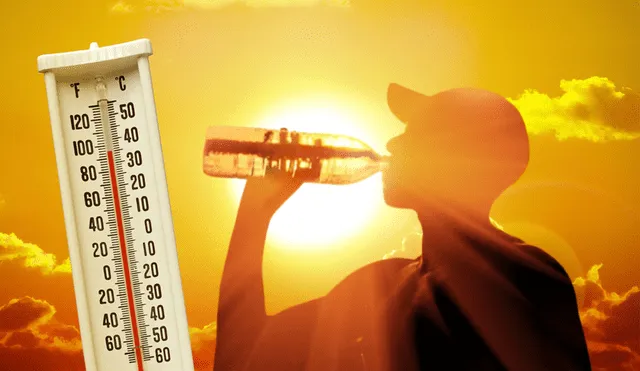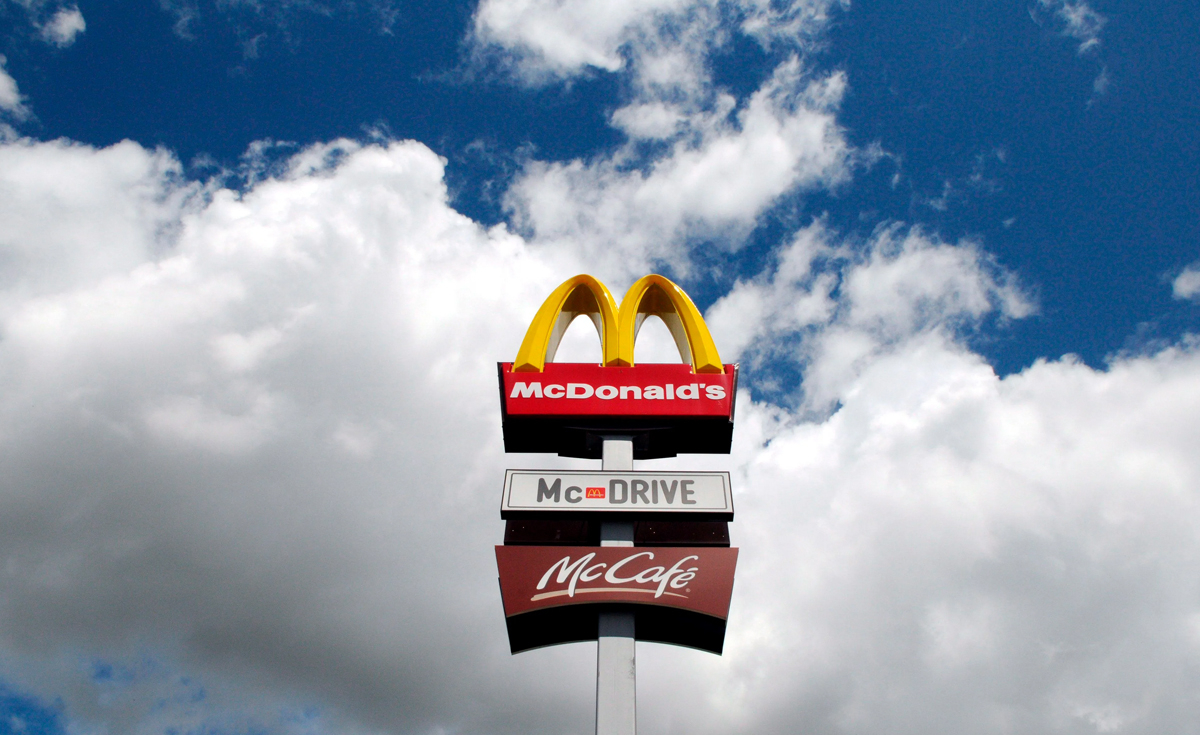Heat wave safety tips: How to protect yourself as extreme temperatures hit the U.S.
A heat wave spreads across the Midwest and East, with doctors urging hydration and cooling breaks.

Summer’s first serious heat wave is rolling across the Midwest and East Coast, with the National Weather Service warning that places like Pittsburgh and Washington, D.C. could feel temperatures near or above 100°F. It’s the kind of swelter that can catch people off guard, especially those who don’t have access to air conditioning, and local officials are already sounding the alarm to take it seriously.
Having witnessed more fatalities than any other weather related occurrence created by last summer's heat, this week's stormy weather is a good time to recall being cautious. Doctors and safety specialists both agree, small changes in your everyday routines can add up to gigantic differences.
Prevention: How to start protecting yourself from the heat wave?
It is crucial to locate a place with air conditioning; but as long as it is not set to the lowest temperature, that can be to 78°F to save energy and costs. If you are lucky enough to have air conditioning at home, you may not need to be in a refrigerated area.
However, if you do not have air conditioning at home, you can utilize a refuge in a refrigerated area. Cities including New York, Chicago, and Philadelphia have published a list of locations where people may go for acclimatization. Swimming pools, shopping malls, and cinemas, where there is provide conditioned air, also fall in this category.
During a heat wave: What to do if you experience heat stroke symptoms?
The first physiological symptoms of heat illness would be cramps and excess sweating. If they begin to display symptoms, move them to a cool place and supply them with half of a glass of water every 15 minutes.
If they begin to feel nauseous, faint, or heart rates fluctuate, it is imperative to put wet cloths on them and take off their clothing. If the patient vomits, do not give him liquids. However, if the patient has redness and dry skin and there is no sweating, the patient is thought to have heat stroke, and 911 should be called.













